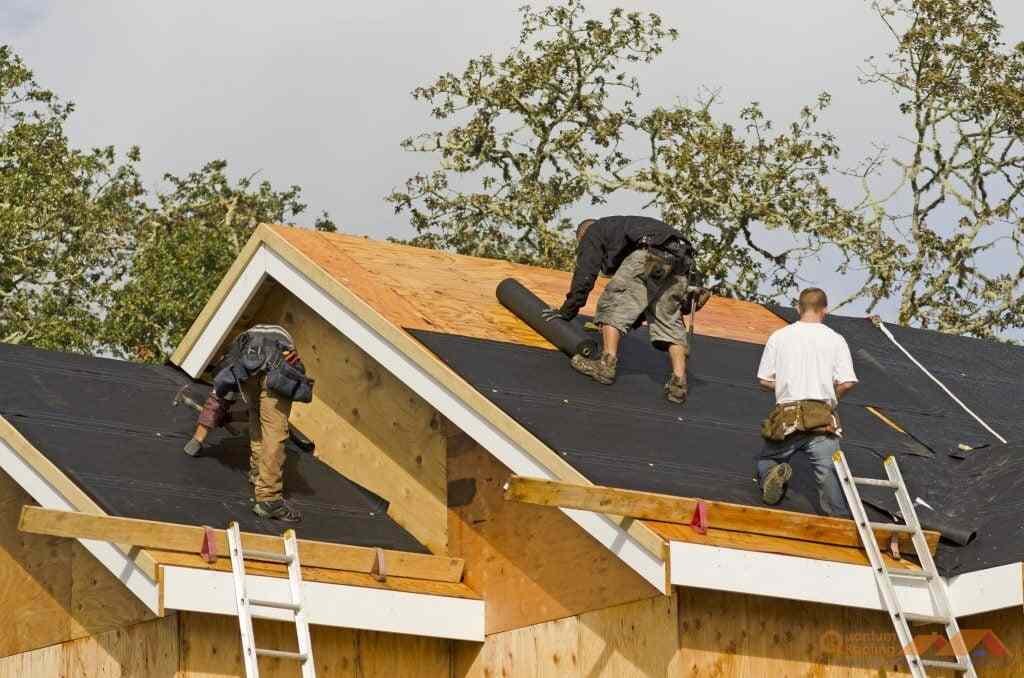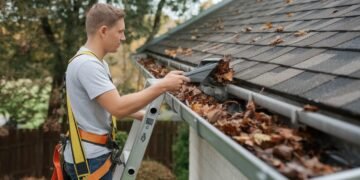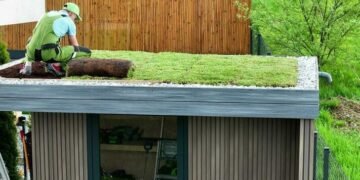A reliable roofing system is necessary for your home because it protects you from harmful external elements like weather conditions, such as heavy rain, scorching heat, and thick snow. So it is vital that you know what you want and what to do for the roof installation.
Roof installations are not easy jobs because the labor is very taxing, time-consuming, and overall costs are not cheap, so you might need all the help you can get in this kind of work. Refrain from fretting because some tips and techniques can help you do this job efficiently.
7 Things That You Need to Know Before You Install a Roof in Your Home
1. Perfectly Laid Plan
Planning is the first and most essential thing you must do in roof installation. It would be best if you devised a well-paid plan related to all the things about the roof installation in your home. You must include the roof design, the color, the overall costs, and accessories like roof hatches in your planning. Don’tDon’t leave anything behind.
A customized roof plan to your liking will be much easier to work with as it came from you, and if you’re you’re going to hire a contractor, give them a copy so both of you can have a second opinion on things that are better at this planning stage.
Here are some samples of roof designs:
- Bonnet
- Box Gable
- Butterfly
- Clerestory
- Combination
- Dutch Gable
- Flat
- Gambrel
- Front Gable
- Cross Gabled
- Cross Hipped
- Curved
- Dome
- Dormer
- Half-Hipped
2. Proper Budgeting
Proper budgeting will prevent future problems involving the project’sproject’s budget. In budgeting a construction project or home construction, like installing a roof, the most common and proven way is to divide the budget into two groups; the soft and hard costs.
These are terms used in accounting; soft costs are expenditures that are not directly related to the material things of the roof, while hard costs are the things or materials associated with the roof’sroof’s physical form.
Soft Costs include:
- A document like permits, taxes, planning, and engineering fees
- Loans
- Labor costs
Hard Costs include:
- Construction materials
- Landscaping costs
- Site improvements
3. Looking for the Right Materials
Choosing the materials for your roof is a significant decision you must make as these are the materials that will protect you and your home from dangers like extreme weather conditions and the same materials that will define the aesthetic of your home.
The material’smaterial’s design and color are not the priority if you are on the market. You must consider these things first; durability, longevity, compatibility with the frame, and the building or fire codes, if there are any. It would help if you prioritized these things before you decide on the aesthetics.
Here is some basic information about materials for your roof:
- For longevity, Metal and concrete shingles are the best for it.
- Asphalt shingles are affordable with a tight budget, but their longevity could be better.
- Wooden shingles are best if you are going for aesthetics with their classic look and the ability to be customized.
- Slate shakes, and asphalt material is suitable if your goal is durability.
4. Hire the Best Contractor
If you want your roof installed with a professional touch, feel free to do so! They will get the job done if you have the money to pay for their services. But don’t just get any contractor; hire the best one.
Set of skills that you need to look out for when hiring a contractor:
- Impressive leadership skills
- Well-informed about the construction project
- Adaptable in any situation
- Good communication skills
These skills shall indeed affect the roof installation in terms of construction speed and durability of the finished product.
Also Read: Advance Tips For Choosing The Right Roofing Contractor
5. Safety Precautions
Safety is always a priority in a construction project or home construction, so you must exercise extreme caution and simultaneously prepare yourself if any dangerous incidents occur. Roof installations mean that the installation will take place above the house, so practice caution.
In a home construction setting, there are cases in that other people are working with you even though you didn’tdidn’t hire a contractor, which means their safety and well-being are in your hands. So it Is imperative that you and your co-workers must practice safety.
Safety tips in a home construction set:
- You and your co-workers must have at least enough training for the job. Both in equipment and procedures.
- Always wear the proper safety gear during construction.
- Avoid going in dark areas, and wait for lighting before doing work.
- Stay dry to avoid getting electrocuted by random and undetectable wires and cables.
- Always be vigilant of your surroundings.
- Prepare first aid kits for you and your co-workers.
In a construction site setting, you must also practice the same level of caution because additional costs are unavoidable in accidents on a construction site. You might go over your project’s budget, another set of problems.
Safety tips in a construction site setting:
- Remember your safety training in the past.
- Always wear PPEs on the construction site.
- Put up safety signs on every site.
- Prepare enough first-aid kits for everyone.
- Store dangerous equipment when not in use.
- Keep the construction site clean and tidy.
6. Check the Roof Frame of your House
Before starting the installation, you should check the condition of the roof frame of your house. Proper inspection is the key here, so have a keen eye and look for damages such as deformities, leakages, and even termites. Inspecting is very helpful so that you know what to add or improve during your new roof installation.
Related Post: 8 Ways to Protect Your Roof from Roof Damages
7. Process of Installation
Since you know the six things you need to know before installing a roof, the last thing you need to know is a basic understanding of what will occur in installing a new roof in your home. It is best to know first before putting it into practice to have a swift and easy installation in your hands.
Here is a list of the essential work that will take place in the roof installation:
- Install the drip edge
- Roll out and place the underlayment
- Place the starter strip
- Seal off vents
- Double-check for errors on installation
- Clean up the roof
These are only the basic things you will do in the installation process; the work will vary depending on the roof design you want in your house. If you wish to have your roof with a more refined look, prepare for the extra work that will come with it.
Final Thoughts
Doing the installation yourself or hiring a professional to do the work is similar, as both methods need a better understanding of roof installation. These seven tips will help with installation, so feel free to share this with anyone.
















